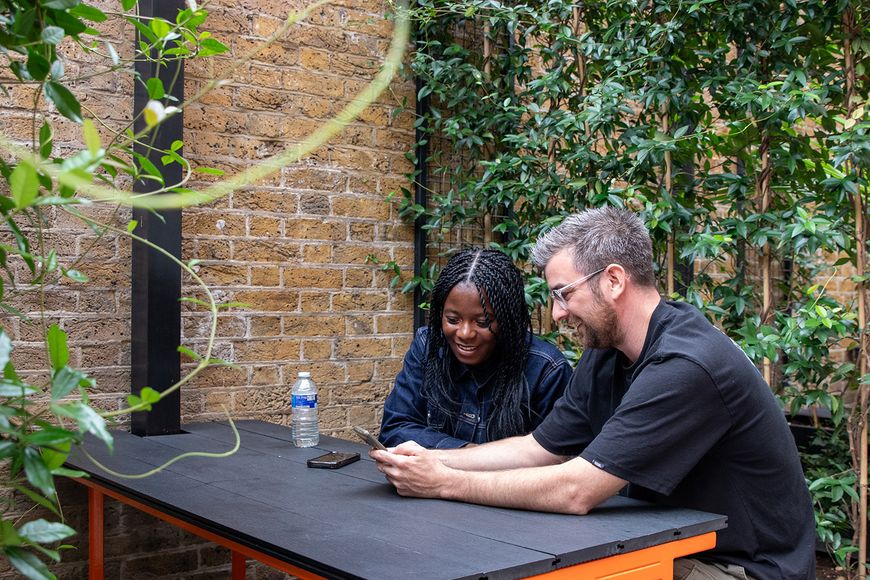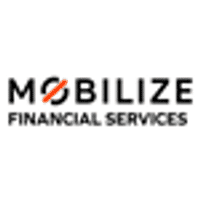
8 Steps to Create the Ultimate LinkedIn Profile
Did you know that 85% of roles are filled via networking? But, only 1 in 4 students have a LinkedIn profile.
In today’s digital age, LinkedIn is a must-have. Not only is it free, it gives you access to hundreds of awesome opportunities you wouldn’t otherwise find.
Get ahead of the curve by following these 8 easy steps and create your ultimate LinkedIn profile…

What is LinkedIn?
LinkedIn is like any other social media. But instead of sharing random pictures, you’ll be sharing your achievements and skills, showing employers why you’re the perfect candidate for their company.
In other words, LinkedIn is a tool you can use to market yourself favourably and develop an attractive personal brand.
LinkedIn’s features can be summarised in THREE ways:
A professional network for connecting with industry leaders and employers
A jobs board for sourcing and applying for placements, internships, graduate schemes and apprenticeships
An educational platform with virtual courses designed to help you develop skills.
8 steps to create the ultimate LinkedIn profile
Before you start growing your connections, you’ll want to get your profile in shipshape.
Here are some simple steps to help you create a LinkedIn profile that’ll get you noticed.
Step 1: Create a LinkedIn account
If you already have a LinkedIn account, then you can skip this stage!
If you don’t, register on LinkedIn. It takes two minutes. You’ll need to pop in a few details (name, email, the usual) and a few clicks later you’ll have your own LinkedIn profile.
Now to make it look the part…
Step 2: Upload a LinkedIn profile photo
Your LinkedIn photo is the first thing employers see. Profiles with headshots get around 14x more visits. So if you want to maximise your visibility, you’ll definitely need one.
But that doesn’t mean you have to pay for a fancy photographer. You can do it yourself. Find a clean, neutral background to stand in front of. Before you take the picture, make sure that at least 60% of the frame is made up of your face.
Think clean & professional.
Not sure what to wear?
As a rule of thumb, take a photo in something you’d wear to an interview. And take it in a place with good natural lighting. You want to be visible. Otherwise, what’s the point?
Step 3: Design a LinkedIn cover photo
Your LinkedIn cover photo is one of the BEST ways to get noticed. Yet so many people don’t bother to include one on their profile.
A cover photo is a great way to show off your personality and outline your industry passions and your key skills. Not sure how to go about creating one?
Use these free LinkedIn-sized cover photo templates.
Step 4: Write a LinkedIn headline
The headline sits nicely next to your profile photo and is, along with your photo, one of the first things potential employers and your professional network will see.
Consider how you’d summarise your current position e.g. Reading University Student Searching for IT Graduate Roles’ or ‘Financial Analyst (Intern) at Barclays’. Our top tip here is to outline your current role or the role you wish to seek, using the most simple terms.
The headline should immediately tell an employer who you are and what you’re looking for.
Step 5: Complete your 'about' section
The ‘about’ section is your chance to really sell yourself.
Here, you have 2000 free characters to use, in any way you’d like.
Bullet points and statistic-based evidence are a good shout here. We’d recommend including the following in some way:
A concise story of your educational and professional journey so far
What interests you about your industry
Your biggest achievements or learnings
What your career goals are.
Step 6: Include your work experience and education
The ‘experience’ section makes up the bulk of your profile. So you need to get it right.
The first thing to do is add your (paid and volunteer) work experience. This means:
Listing the company name
Your job title
Start and end dates of this role.
Underneath each experience, add 2-3 bullet points that summarise your key responsibilities.
Remember to write in the first person and front load your description with achievements.
Measurable successes e.g. ‘Achieved a 6% increase in sales over 3 months, through redesigning sales packages’ are great to include.
They show employers or recruiters that you can produce real results.
For your ‘education’ section it’s really important to put your university or school here with any grades or predicted grades you have achieved. For example:
GCSEs or IGCSEs
A-Levels
BTECS
Extended Project Qualification (EPQ)
University Modules
Overall University grade
You want to make sure to put the most recent one, or the one you are currently working towards at the top.
Step 7: Add up to 50 skills
Listing just 5 skills on your profile gets you an average of 17x more profile views.
That’s because every skill you add bumps up your search ranking. This is especially important for recruiters looking for candidates with specific skills. The more skills you add, the more likely you’ll be considered a ‘match’ for roles relevant to your field of interest.
Once you’ve added skills, ask your peers to endorse them. This acts as a stamp of approval that shows you really do have the skills you claim to.
Step 8: Ask for recommendations
A recommendation is a short paragraph (2-3 sentences) that others can leave on your profile. It’s the equivalent of having a reference on your CV.
The great thing about recommendations is that they come right from the people who know you best; your peers. Anyone who’s a 1st degree connection can leave one. This can include:
Managers and team leaders
Your university lecturer
Your teachers or head of year
Past/current work colleagues (placement, internships, apprenticeships, past work experience and volunteering).
You can request a recommendation via your profile where you’ll be asked to fill in a few bits of information.
You’ll also have the option to send a personalised message, always do this. Make sure that your request comes with as much context as possible, maybe you’ve just finished a huge project or you’re about to finish a placement or internship.
If you’re asking someone you haven’t spoken to in a while, ask how they are! Let them know how much you enjoyed working with them. The aim is to always be polite.
Remember that LinkedIn recommendations go both ways, so be ready to write one yourself.
If you’re stuck for ideas, the general rule is to:
Open with a striking opening line
Describe your relationship
Share the skills they have
Make sure to add some personality in there and end with a strong recommendation line.



















